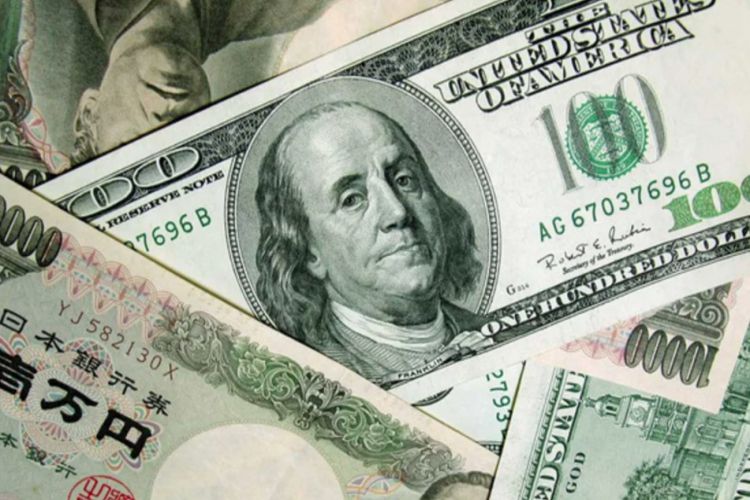The strength of the US dollar is causing significant economic disruptions across Asia due to several interconnected factors. Here are the primary reasons:
-
High US Dollar Debt Burden
Many Asian economies have substantial amounts of debt denominated in US dollars. As the dollar strengthens, the cost of servicing this debt increases, leading to higher financial burdens for these countries. This is particularly problematic for economies with high levels of US dollar-denominated debt, such as Vietnam, China, and Japan.
-
Currency Depreciation
The appreciation of the US dollar has led to the depreciation of many Asian currencies. For instance, the Japanese yen and the Chinese RMB have reached multi-decade lows, and other currencies like the South Korean won and the Thai baht have also weakened significantly. This depreciation increases the cost of imports, contributing to inflationary pressures within these economies.

-
Inflationary Pressures
The stronger US dollar exacerbates inflation in Asian countries by making imports more expensive. This is particularly challenging for economies that rely heavily on imported goods and services. The increased cost of imports can lead to higher overall price levels, further straining economic conditions.
-
Impact on Trade
While a weaker local currency can make exports more competitive, the benefits are often offset by the increased cost of imported inputs. Many Asian economies are deeply integrated into global and regional value chains, meaning that the cost of production rises with the cost of imported materials, reducing the net benefit of a weaker currency.
-
Capital Flight
The strong US dollar attracts capital away from Asian markets towards US dollar-based assets, perceived as safer investments during times of global economic uncertainty. This capital flight can lead to reduced investment in Asian economies, further destabilizing their financial markets.
-
Sovereign Credit Risk
The depreciation of local currencies against the US dollar can lead to a widening of sovereign bond spreads, indicating increased sovereign credit risk. This relationship underscores the vulnerability of Asian economies to changes in US dollar funding conditions.
-
Property Market Dynamics
In the real estate sector, the strong US dollar has mixed effects. It increases uncertainty and risk perceptions, potentially deterring investment in markets like Japan and China. However, it also boosts the purchasing power of investors from the US and other markets with US dollar pegs, which could encourage investment in APAC property markets.
-
Potential for De-dollarization
There is a growing discussion about the potential for Asian economies to reduce their reliance on the US dollar. This could involve increasing the share of other currencies like the euro and the Chinese renminbi in their reserves. While a significant shift away from the dollar is not imminent, even a limited de-dollarization could impact the global demand for dollars.
In summary, the strength of the US dollar is causing chaos across Asia by increasing debt burdens, exacerbating inflation, affecting trade dynamics, and leading to capital flight and higher sovereign credit risks. These factors collectively contribute to economic instability and uncertainty in the region.




